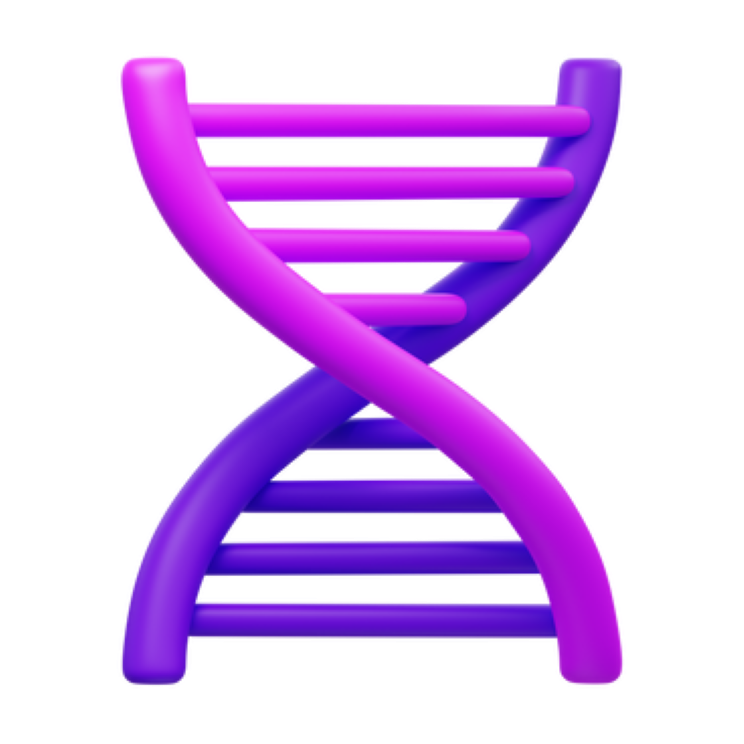The Australasian College of Cutaneous Oncology
Practical and theory-based training and education to improve and certify competency in the management of skin cancer.

ACCO Workshop Program 2025 to 2026
- Combined Essentials and Dermoscopy
- March 07 to 09, 2026
- Essentials
- March 07 to 08, 2026
- Dermoscopy
- March 08 to 09, 2026
- Flap and Graft
- April 04 to 04, 2026 at Online Zoom Modules
- Face and Ear 2026
- November 01 to 03, 2026
- Dermatopathology Pre-recorded Lecture
Register Here
See all of the upcoming workshops here
The Australasian College of Cutaneous Oncology provides practical and theory-based training and education to improve and certify competency in the management of skin cancer. Our policy is that no pharmaceutical company shall be permitted to sponsor or endorse any event, function or workshop in any manner. This creates a truly unique and unbiased learning environment.
Are you eligible for a Grant through Rural Workforce Agency Victoria (RWAV) to attend our workshops?
Click here to find out more
Our Mission
The Core Values that Drive Everything
-
-
Evaluation
Examine and assess competence in managing skin cancer.
-
Philanthropy
Donate all proceeds over costs to medical research.
-
Integrity
All with the highest standards of impartiality.

Research
Your ACCO academic team continue to publish research in skin cancer.
Vitamin B3 advice to our patients:-
Download the ACCO patient education sheet here.FUNDING OUR RESEARCH
ACCO does not accept any funding from Governments, Universities or the Pharmaceutical industry. ACCO uses revenue from workshops to fund our ongoing research programs. Even our published drug trials were completed without drug company funding. ACCO regards true independence as critical. Even funding from Governments is tainted. Governments have a vested interest in cheaper treatments or no treatments working as well as expensive methods. Without Government influence, ACCO research has often found that no treatment is superior to expensive treatments.© ACCO All rights retained – Founded in Victoria in 2006.
Our Team
The People Behind ACCO

Professor Anthony J. Dixon
Cutaneous Oncology (Skin Cancer)
Professor Anthony J. Dixon is an academic focused on cutaneous oncology, (Skin cancer). His expertise is the complications and outcomes of skin cancer interventions. All his 25 years of research is focused on this narrow aspect of medical care.
Up until 2018, Dr. Dixon was managing skin cancers including melanoma on a full-time daily basis. Patients were treated in his own day surgery unit as well as a nearby major hospital. Most patients had cancers on their head and neck. Reconstructions following nose, lips, ear and eyelid excisions were integral to his medical practice. His career includes personally removing over 60,000 skin cancers. The large numbers being managed allowed him numerous research opportunities. Prior to his focus on skin cancer, Dr. Dixon was in rural surgical practice in Australia, having completed rural surgery training in 1994.
Professor Dixon completed his PhD in 2008 and has continued research in skin cancer complications and outcomes since that time.
Honorary Professor, American Osteopathic College of Dermatology
Director of Dermatology Education, Australasian College of Cutaneous Oncology
Life member of Florida Society of Dermatologic Surgeons
Former Victorian Vice President of Australian Medical Association until 1997.

Dr Stuart Anderson, MBBS(hons)
General Practitioner in Maffra in Gippsland
Dr Stuart Anderson, MBBS(hons), FRACGP(2006), FARGP (2013), FACRRM, FACCO. Dr Anderson works as a general practitioner in Maffra in Gippsland, Victoria, at Maffra Medical Group. He has spent almost his entire career in regional Victoria. Stuart’s general practice workload involves a strong subspecialty interest in skin cancer medicine, which now comprises the majority of his clinical work. He is an advocate for evidenced-based care in general practice, particularly as it relates to the management of skin cancer for rural patients.

Dr. Howard Steinman
Fellowship-trained Mohs Surgeon & Cosmetic Dermatologist
Dr. Howard Steinman is a board-certified dermatologist, fellowship-trained Mohs surgeon and cosmetic dermatologist with more than 35 years of clinical experience. He received is medical training at Washington University School of Medicine.
He received is dermatology training at the University of California, San Diego School of Medicine and St. John’s Hospital for Diseases of the Skin in London, UK. He completed his Mohs surgery fellowship at the University of Illinois at Chicago.
Dr. Steinman is an Adjunct Associate Professor at the Campbell University School of Medicine. He has co-authored two textbooks on Mohs surgery, published over 50 articles on dermatology and dermatologic surgery, and given over 220 presentations on Mohs surgery, dermatologic surgery and dermatology.

Alexander Nirenberg MBBS, BSc, FRCPath, FRCPA, FIAC
Dermatopathologist
Alexander Nirenberg MBBS, BSc, FRCPath, FRCPA, FIAC, Diploma in Dermatopathology.
Dermatopathologist Board Member Australasian College of Cutaneous Oncology
Founding Member Global Melanoma Initiative
President Australasian Dermatopathology Society
Executive Committee Member International Society of Dermatopathology
Country Representative International Committee for Dermatopathology
Head of Department Dorevitch Pathology

Sam
College Secretary
Sam Schneider is responsible for the day to day running of ACCO.
She will be your first point of contact.
Sam can be reached at sam@acco.edu.au or
by phone at (61) 416 816 417.
Sam’s background is in skin cancer nursing.
She is familiar with the range of tumour types and common management choices.
Sam has expertise in dressings following skin surgery as well as post-operativecare.


